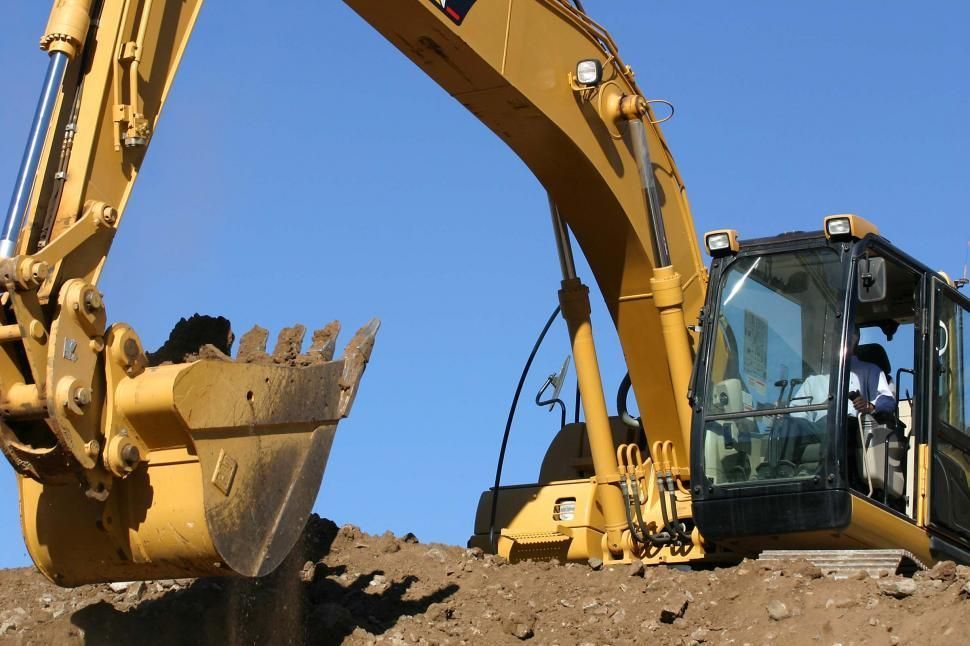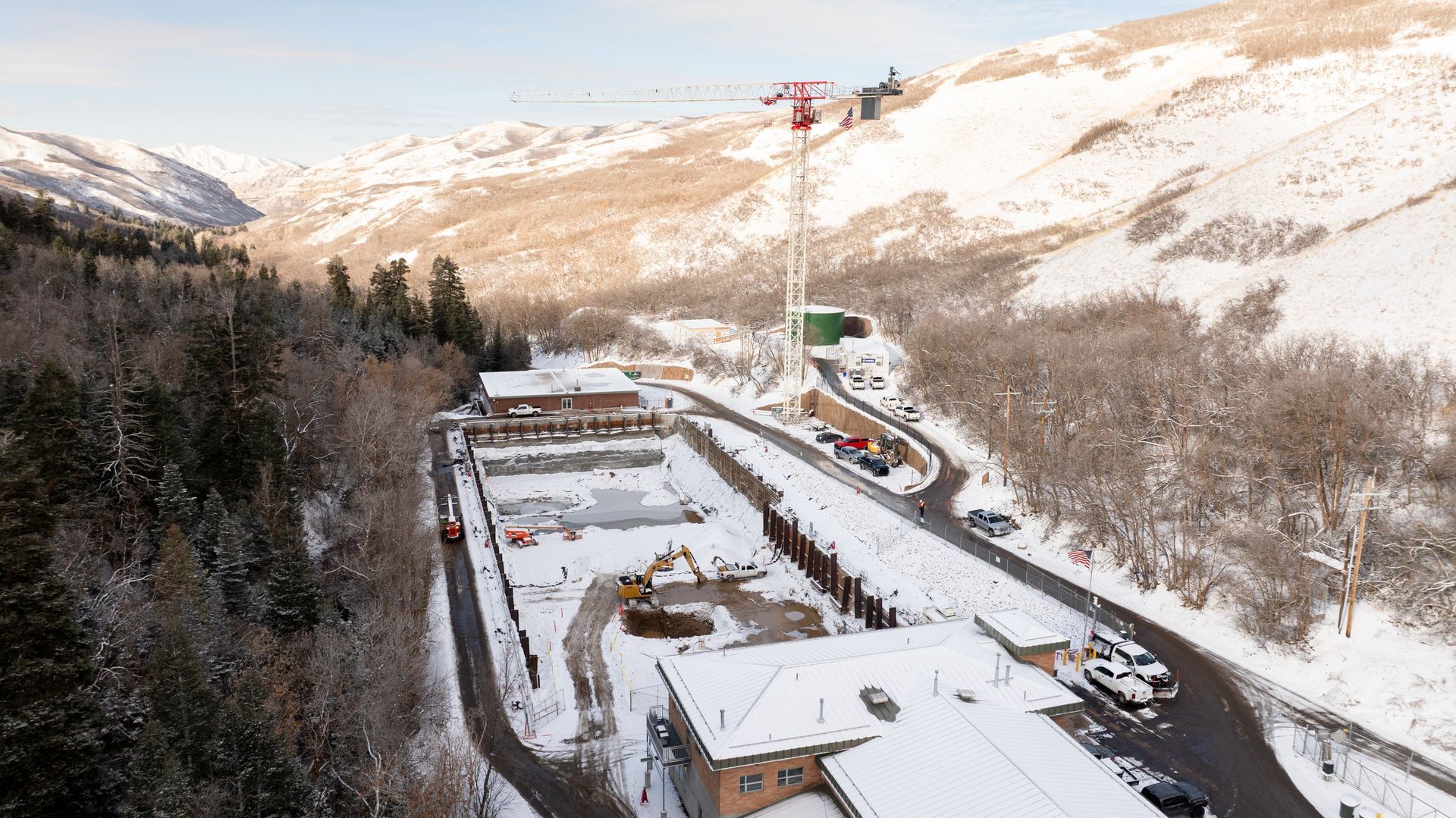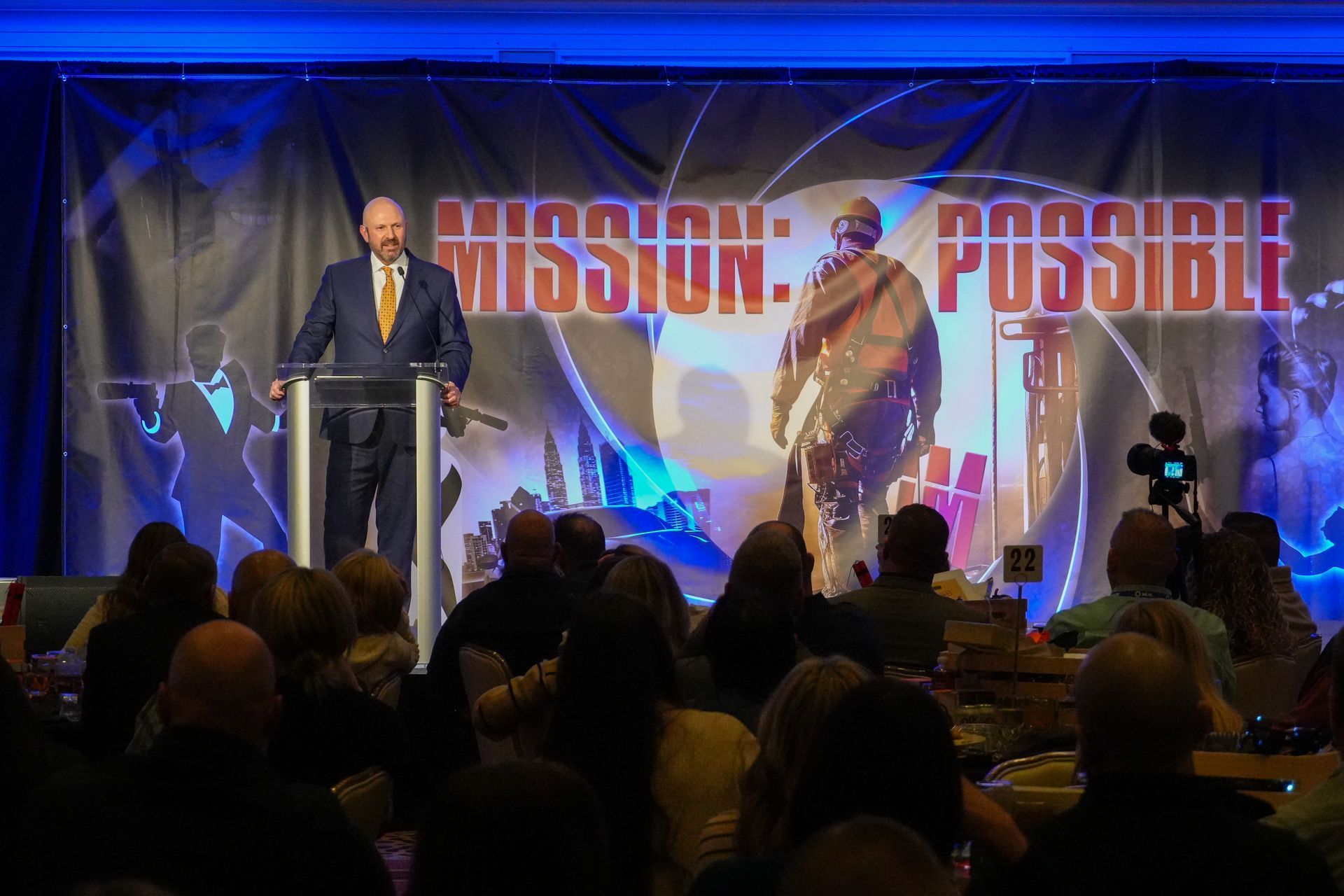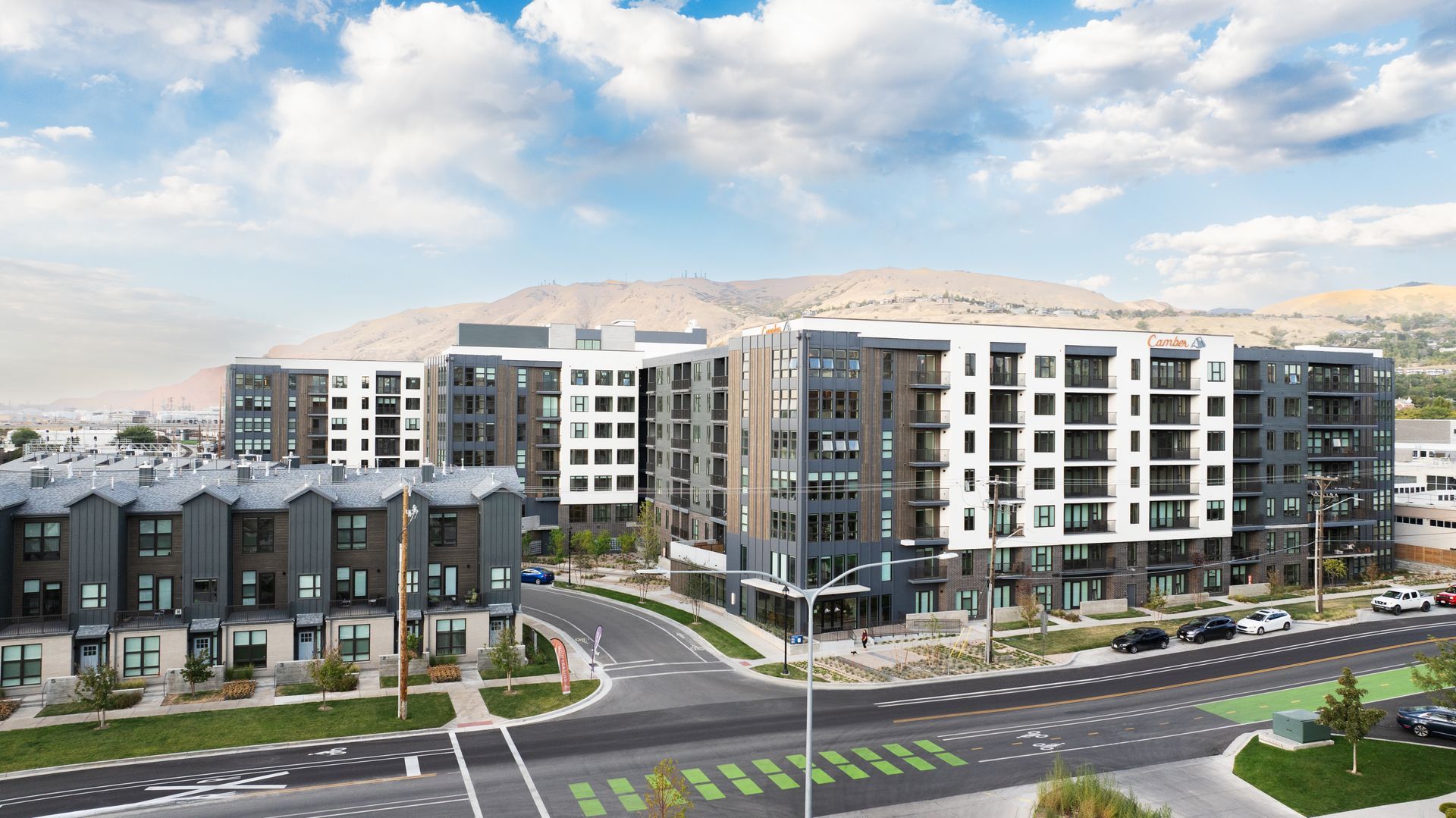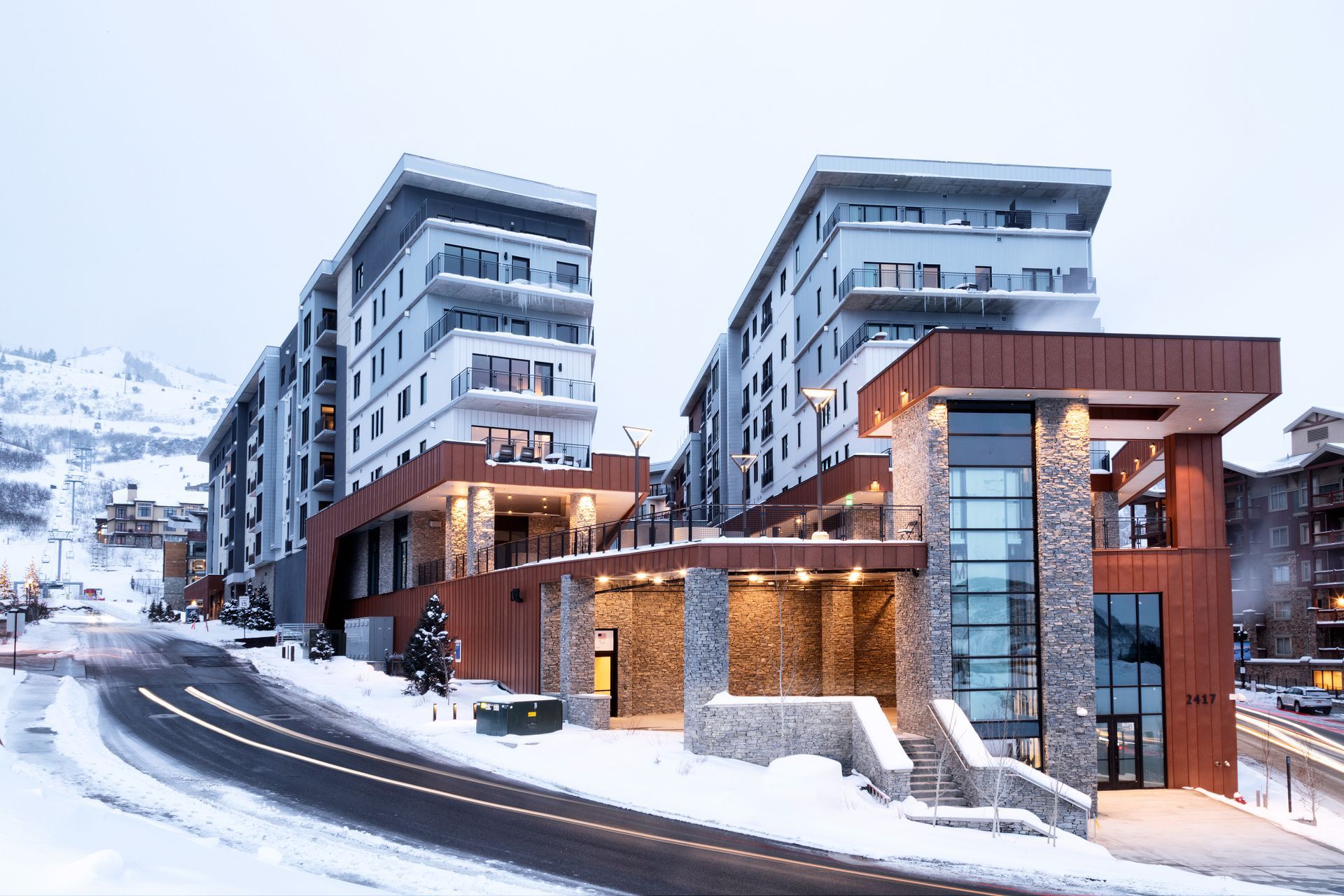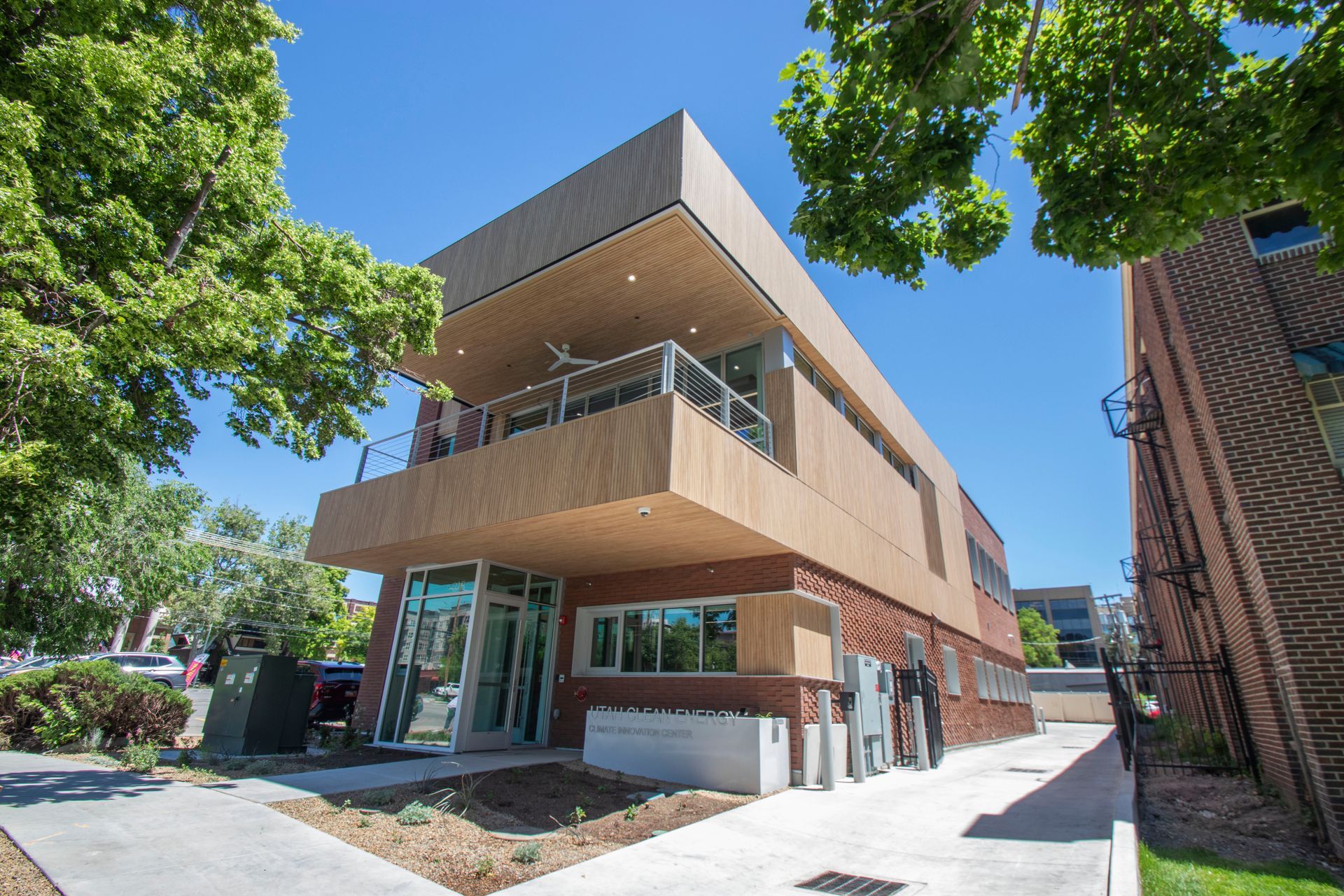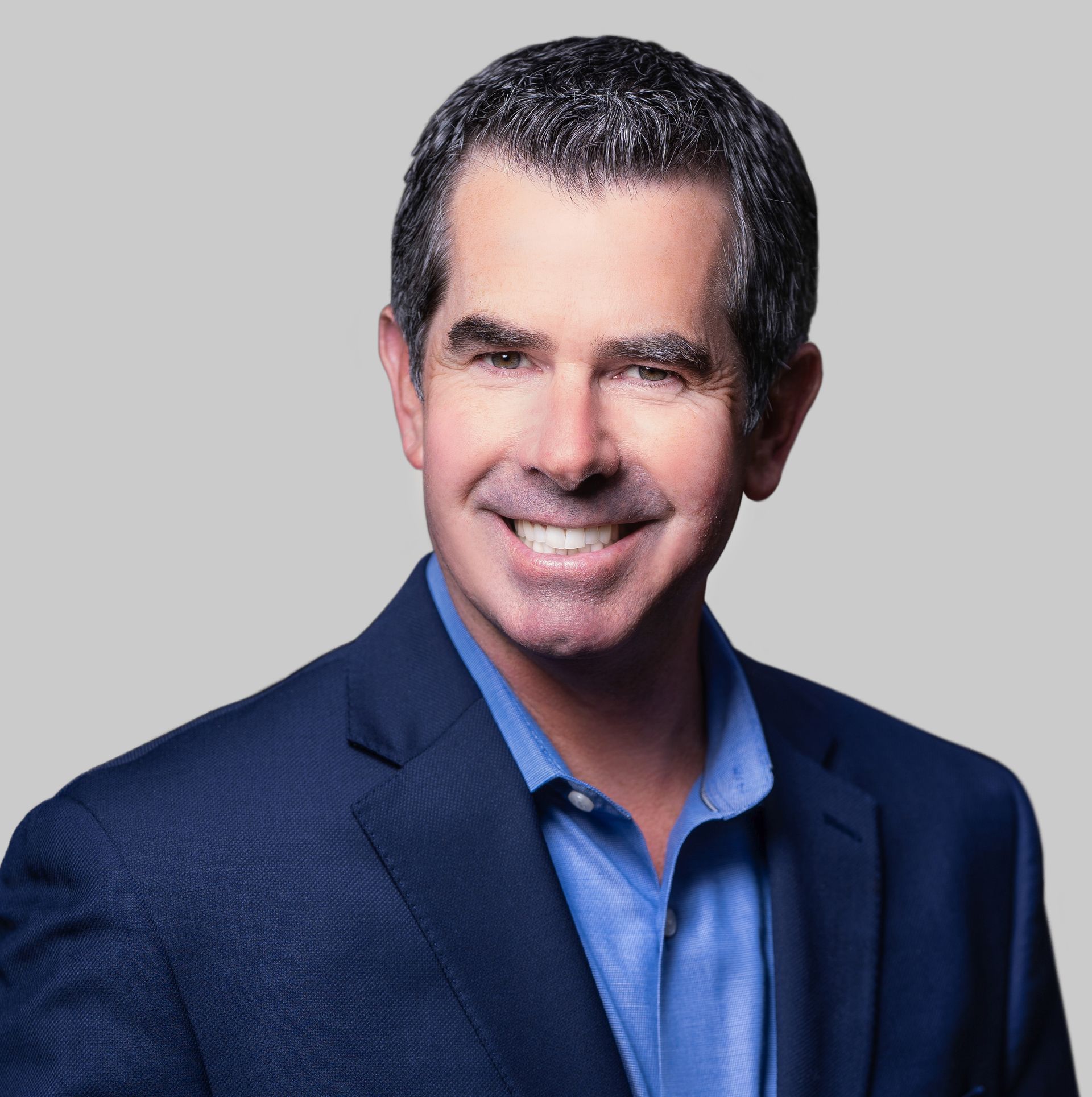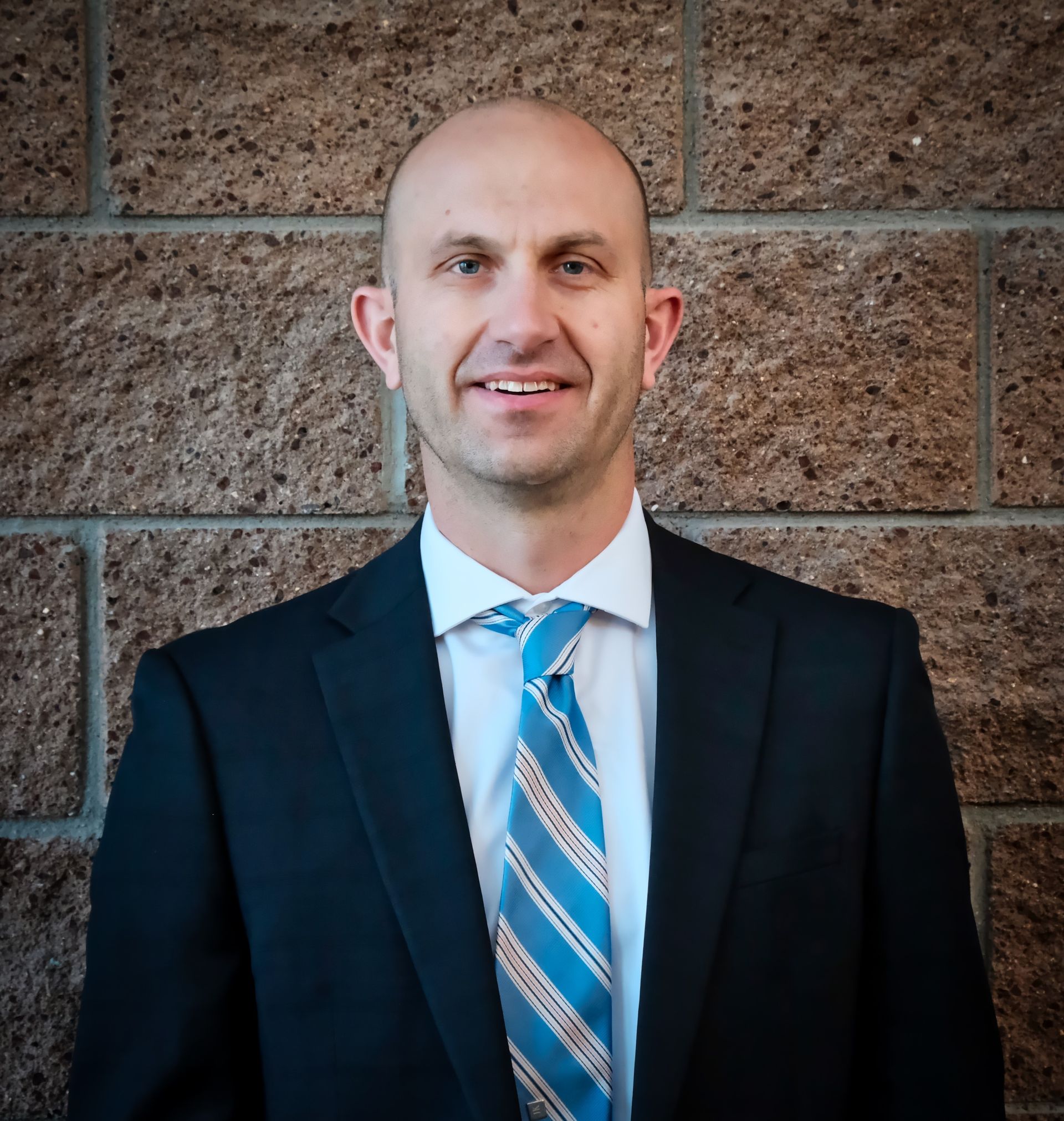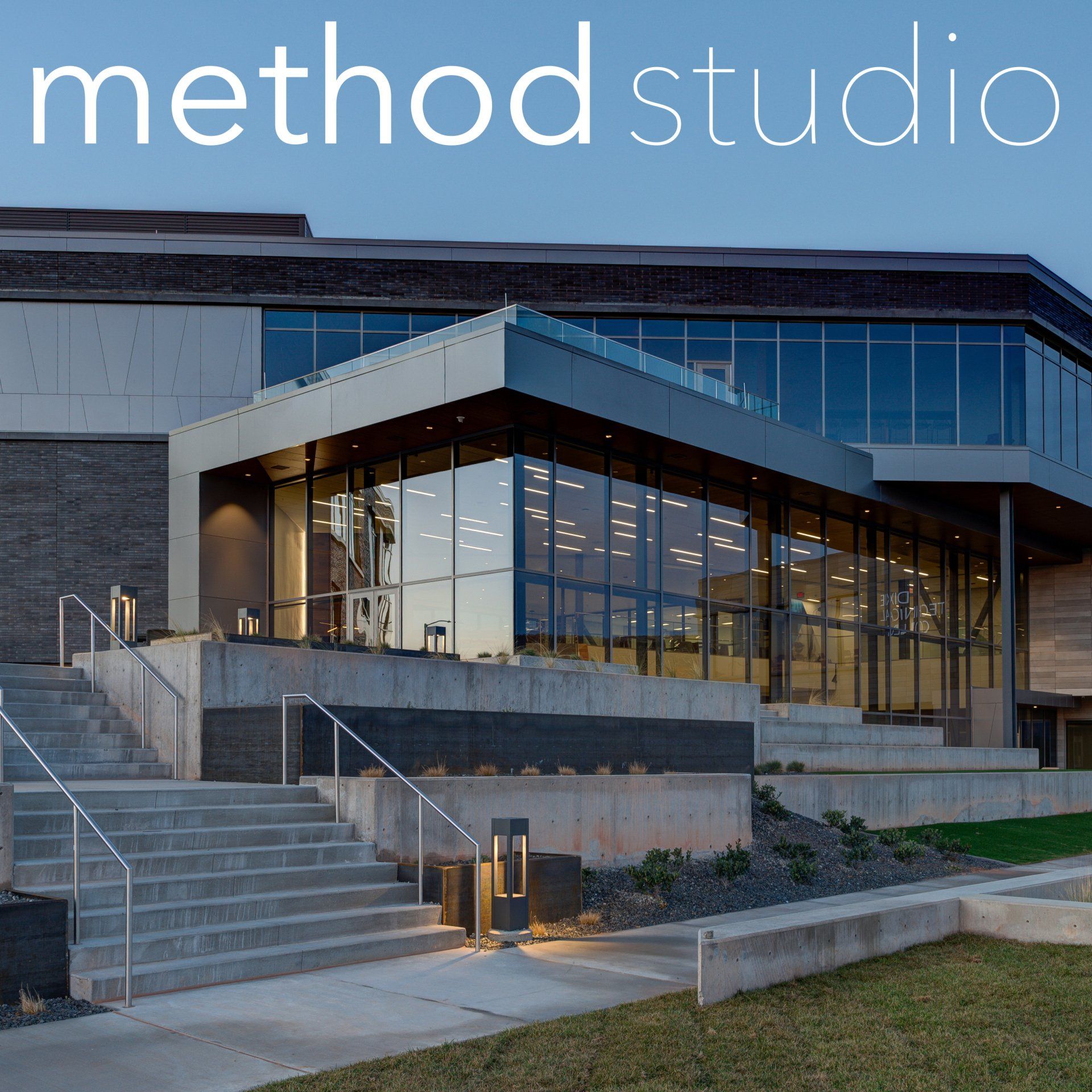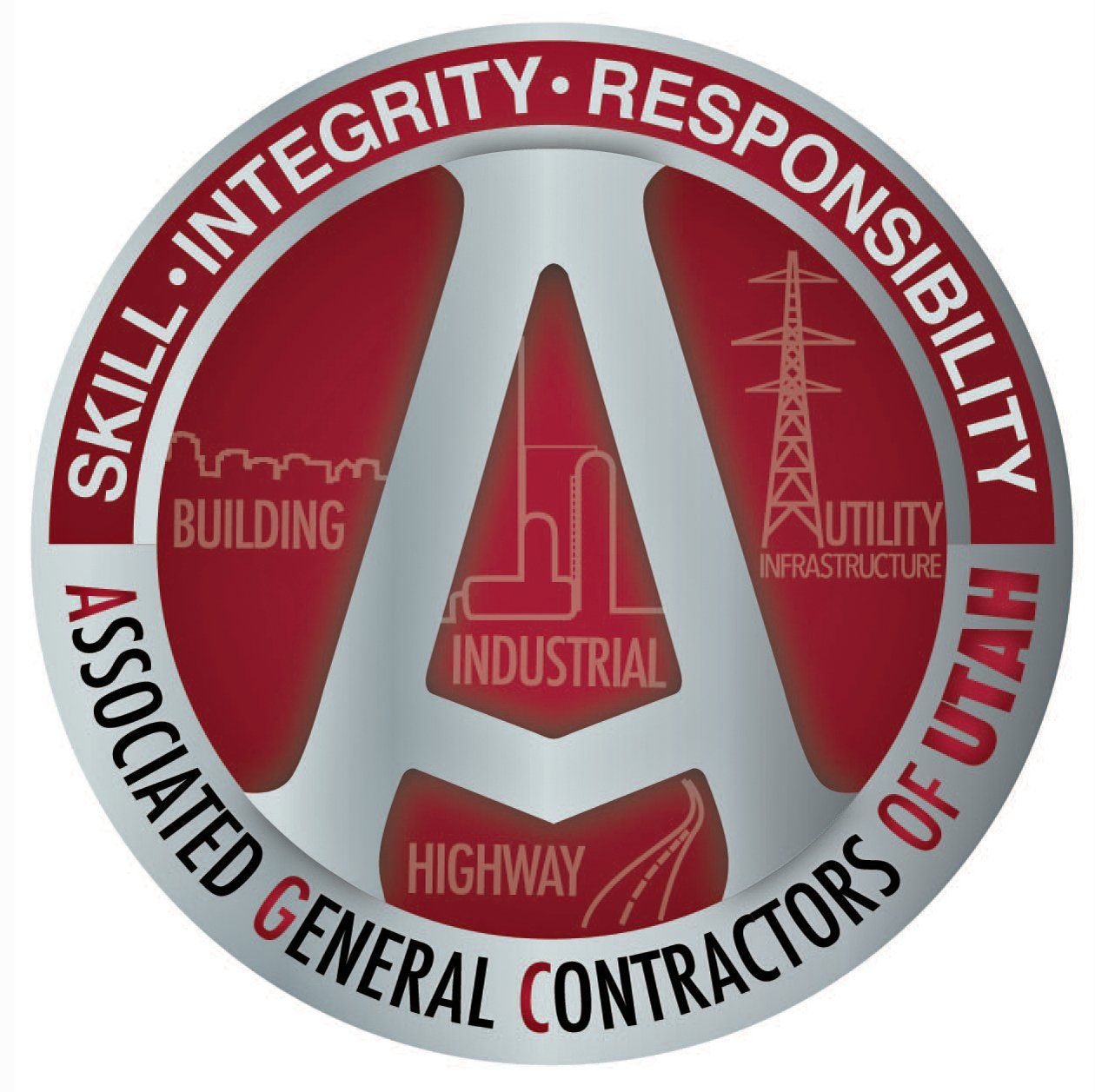Granite Construction celebrates 100th Anniversary; Salt Lake office thriving in heavy/highway/civil market. By Brad Fullmer
Utah Office Poised for Steady Growth, Strong Future Revenues
In addition to acquiring Gibbons & Reed in the mid-90s, Granite holds several subsidiaries in Utah, including: Concrete Products Co., which produces concrete, asphalt, sand, and gravel; Garco Testing Laboratories, a materials testing company; Inter-Mountain Slurry Seal, which focuses on asphalt rehab/rejuvenation; and Bear River Contractors, a construction and materials processing firm.
Larkin said the acquisition of these Utah subsidiaries “was a big step for the company—it was the furthest east we had been in our company history. Gibbons & Reed approached Granite at the time and we knew they had good assets [and] aggregates. It was an opportunity for us to operate more efficiently.”
The Salt Lake office is led by 22-year company vet Jason Klaumann, who was named Vice President/Regional Manager in June 2017. The office performs work throughout the Beehive State, in addition to Western Colorado, Wyoming, Idaho, and Montana. Klaumann oversees 650 employees in all, a number he expects the company to add to in the future. He said Granite prides itself on hiring the best of the best and providing a strong corporate atmosphere with plenty of opportunities for growth.
“The caliber of people we’ve hired and the reputation they’ve built for the owners we work for is key,” said Klaumann, a Montana native who was hired in 2000 after graduating from the Montana School of Mines with a Bachelor of Civil Engineering. Klaumann said Granite’s safety culture has improved considerably since he started working for the company, crediting Dave Hulverson, Director of Safety, for making safety a top daily priority.
“It’s an ongoing process every day,” Klaumann said of safety.
Revenues from the Salt Lake office are evenly split 50%–50% between highway projects and the private industrial market, which includes local mining and refinery work. Specializing in those markets, he said, is a further testament to Granite’s strong safety track record.
“You don’t get a second chance there if you do something stupid,” Klaumann said of the firm’s industrial clients.
When he started, Granite was contracted to work on several projects related to the 2002 Winter Olympics, which he said certainly helped the company with its local marketing. The company also played a key role in helping Kennecott recover from a major landslide in April 2013, one of the largest non-volcanic slides in North America’s modern history, with approximately 100 million cubic yds. of material—enough to bury New York’s Central Park 66 feet deep.
The firm operates several construction materials subsidiaries in Utah, including an aggregate pit at the mouth of Big Cottonwood Canyon, an asphalt plant on 1900 W. in Ogden, an aggregate pit in Willard, and a hot plant in Eagle Mountain, and is currently in the process of opening a new aggregate pit near Grantsville. Granite is also drawing from several strategic partnerships it has in other parts of the Western U.S.
Klaumann said he has benefitted the past two years serving on the Board of Directors as Secretary/Treasurer for the Associated General Contractors (AGC) of Utah.
“The biggest [positive] outcome is networking and forming relationships with other leaders in the industry,” he said. “I’ve met a lot of people who work for us as subcontractors and suppliers, and other general contractors that we can do joint ventures with. You don’t know when you’ll need a relationship.”
The firm’s biggest current project is the U.S.-89 Reconstruction in Davis County, a job that could end up in the half-a-billion-dollar range by the time it is completed in June 2023. Granite is the lead contractor on the Oak Hills Constructors team with Draper-based Ralph L. Wadsworth serving as the minority partner.
Klaumann said the project “has been really good for us. The relationship with UDOT is phenomenal, and we have been excited to lead the way in progressive design-build in Utah.”
Klaumann anticipates a solid finish to 2022, with 2023 also expected to be a busy year, albeit perhaps a little softer, depending on what happens nationally with the economy.
“Everybody is cautious with what is happening with the national economy,” he said. “Utah is slower to be hit and quicker to recover generally, so we’re optimistic that […] if it comes to a recession, it won’t be as long as other states. Our state government does a good job funding construction. In general, the outlook is pretty good, but we’re a little cautious.”
“Utah is a really important office and is one of the larger regional offices of the company,” added Larkin. “We see tremendous opportunities for healthy growth over the next two to three years and will continue to make investments in the market.”
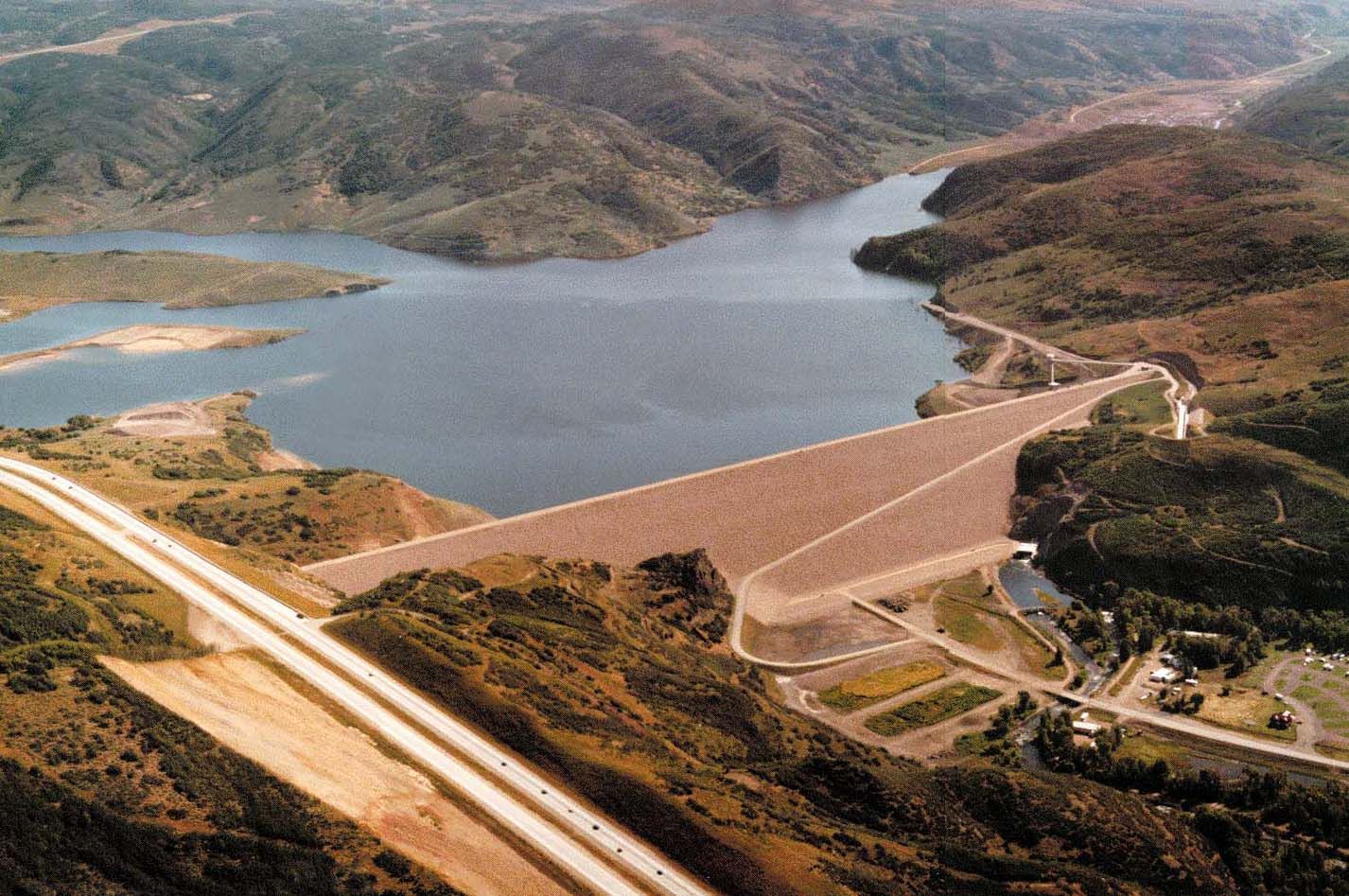
Aerial view of Jordanelle Reservoir Dam in Wasatch County, which was completed in June 1995, the same year Granite acquired Utah-based Gibbons & Reed (photos courtesy Granite Construction).
Granite Construction Company
General Information
1900: Granite Rock Company is incorporated.
1922: Granite Construction Company is formed as Granite Rock subsidiary.
1936: Granite Construction is sold.
1985: Employees gain ownership stake.
1987: David Watts is named CEO.
1990: Company is taken public.
1995: Granite places final truckload of material for the Jordanelle Dam.
2016: Granite conducts its first carbon footprint assessment
Public Company; Ticker Symbol: GVA
Employees: 5,017
Revenues (2021): 3.5 Billion
Principal Subsidiaries:
Granite Construction Company, Layne a Granite Company, Intermountain Slurry Seal, International Directional Services (IDS), Granite Industrial, GARCO Testing Laboratories
